Anti-Saccharomyces cerevisiae antibodies (ASCA) IgA are autoantibodies directed against cell wall components of the yeast Saccharomyces cerevisiae. They are considered serologic markers of intestinal immune dysregulation and are primarily associated with Crohn’s disease (CD), a subtype of inflammatory bowel disease (IBD). ASCA IgA reflects a mucosal immune response to microbial antigens, suggesting a breach in intestinal barrier function or dysregulated immune recognition of commensal microbes. Their presence often correlates with more aggressive or complicated disease phenotypes, including stricturing or penetrating Crohn’s disease.
In the clinical setting, ASCA IgA is used as part of a serologic panel to support the diagnosis of Crohn’s disease and to help distinguish it from ulcerative colitis (UC). ASCA IgA, especially when combined with ASCA IgG and perinuclear anti-neutrophil cytoplasmic antibodies (p-ANCA), increases diagnostic accuracy in differentiating Crohn’s disease from UC in patients with indeterminate colitis. ASCA IgA positivity can also provide prognostic information, as higher titers are often associated with earlier onset, more extensive disease, or increased likelihood of complications such as strictures and fistulas.
In research, ASCA IgA serves as a biomarker for studying gut microbiota interactions, mucosal immunity, and disease pathogenesis in Crohn’s disease. It is frequently used in longitudinal studies to track seroconversion and disease progression, particularly in at-risk populations. Additionally, ASCA IgA is explored in studies evaluating immune tolerance, microbial triggers, and genetic susceptibility in IBD, helping to elucidate mechanisms that drive the chronic inflammation characteristic of Crohn’s disease.
This product is manufactured in Germany by Medipan GmbH.
| Size | 1 x 96 Well |
| Sensitivity | 1 U/mL |
| Dynamic Range | 1-300 U/mL |
| Incubation Time | 2 hours 30 minutes |
| Sample Type | Serum, Plasma |
| Storage | 2-8°C |
| Alternative Names | Anti-Saccharomyces cerevisiae antibodies, ASCA IgA antibodies, anti-yeast antibodies, ASCA serology, and anti-S. cerevisiae IgA. |


